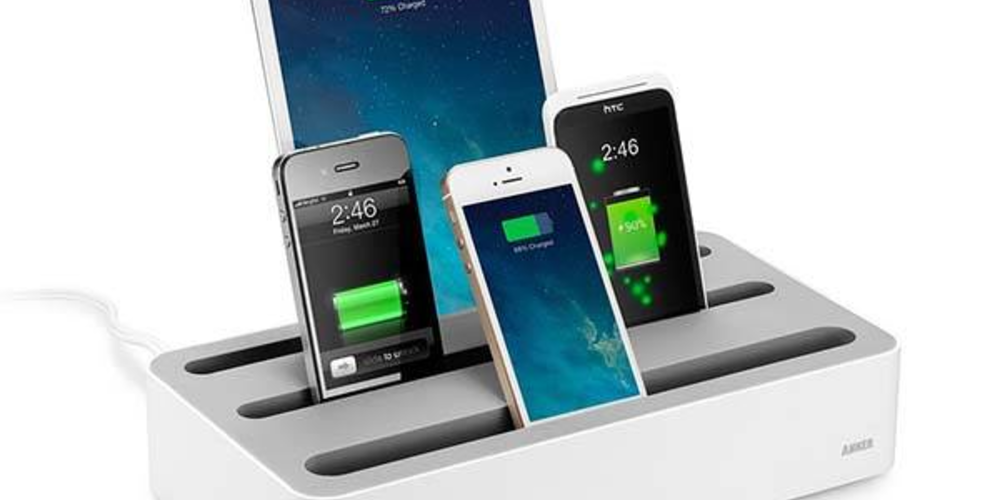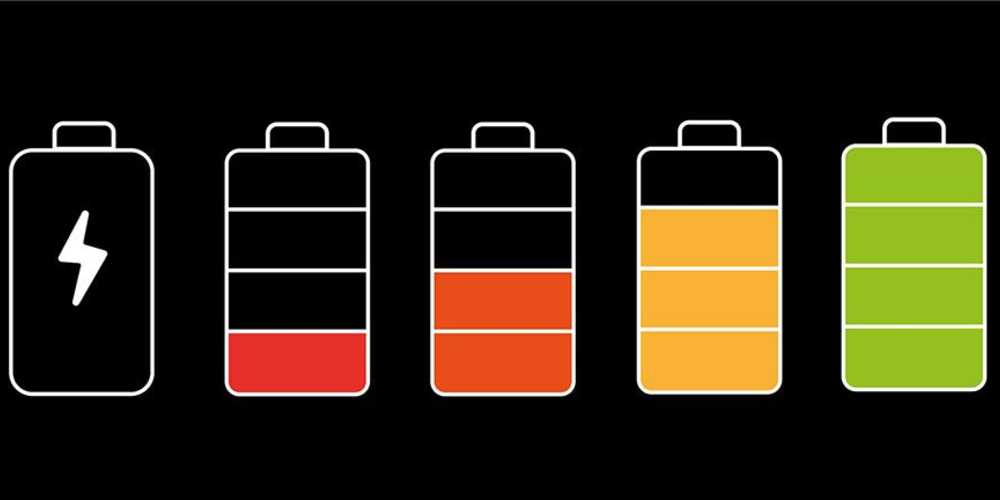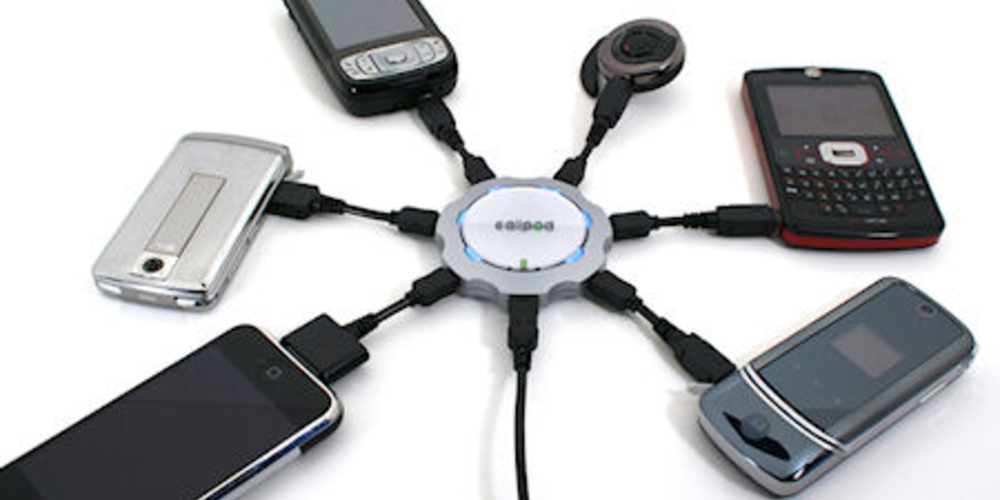The Ultimate Guide to Proper Device Charging: Safeguarding Your Portable Tech

In today's rapidly evolving digital era, our dependence on mobile devices such as smartphones, laptops, and tablets has reached unprecedented levels. These gadgets have become our companions in daily life, keeping us connected, informed, and entertained. However, the lifeline of these devices—their batteries—requires proper care and handling to ensure longevity and optimal performance. Understanding the nuances of proper device charging can seem daunting, but it's crucial for preserving the health of your gadgets. This thorough manual is designed to enlighten you on the essentials of properly powering up your mobile devices. It will delve into the various charging methods and the duration it takes to charge and offer valuable advice to prevent harm to your gadgets.
Introduction to Proper Device Charging
The process of charging might appear straightforward—plug in your device, wait for it to charge, and unplug it once done. However, there's a lot more happening under the hood. Batteries, especially lithium-ion (Li-ion) ones found in most portable devices, have specific needs to maintain their efficiency and lifespan. Mismanagement of these needs can significantly shorten a battery's life and, by extension, the usability of the device it powers. Understanding the science of charging, the different methods available, and the optimal times to charge your devices can make a difference in your gadgets' performance and longevity.
Understanding Battery Health

Before diving into charging practices, it's essential to understand a bit about battery health. A battery's health is often measured by its capacity to hold a charge over time. Each charging cycle—a complete charge from 0% to 100%—gradually decreases the battery's capacity. However, certain practices can minimize this wear and tear, prolonging the battery's effective life.
Types of Charging
Not all charging methods are created equal. Here are the primary types of charging you should be familiar with:
- Slow Charging: This method, typically done through a USB connection with a computer or low-power adapter, is gentle on the battery but takes longer to charge fully.
- Standard Charging: Using the charger that comes with your device usually falls into this category. It's a balanced approach, offering a moderate charging speed without overly stressing the battery.
- Fast Charging: Fast chargers can significantly speed up the charging process by increasing the current sent to the device. While convenient, it's essential to use them sparingly as they can heat up the battery and potentially shorten its lifespan if used excessively.
- Wireless Charging: This method is increasingly popular for its convenience. However, it's usually slower than wired charging and can generate extra heat, which might affect the battery adversely over time.
Optimal Charging Times
When to charge your device and for how long are critical considerations for maintaining battery health. Here are some guidelines:
- Avoid letting your battery drain to 0% before recharging. Lithium-ion batteries perform best when kept between 20% and 80% capacity.
- Partial charges are better than one full charge. Keeping your battery level within the optimal range can help preserve its lifespan.
- Try to avoid charging your device overnight. While modern devices are designed to stop charging once they reach 100%, keeping a battery at 100% for extended periods can stress the battery.
- Monitor your device's temperature while charging. If it gets too hot, consider removing any cases or charging in a cooler environment.
Practical Tips for Proper Charging

Equipped with the understanding of charging types and optimal charging times, here are some practical tips to extend your device's battery life:
- Use the original charger that came with your device whenever possible. If not, ensure that any replacement is certified or approved by the device's manufacturer.
- Avoid exposing your device to extreme temperatures, especially while charging. High temperatures can cause additional strain on the battery.
- Consider enabling settings designed to preserve battery health, such as optimized battery charging features found in some smartphones.
- Keep your device's software up to date. Manufacturers often release updates that improve battery management and efficiency.
- When not in use for extended periods, store your device with around 50% charge in a cool, dry place to maintain battery health.
Properly charging your portable devices is not just about keeping them powered up; it's about ensuring their longevity and optimal performance. By understanding the different types of charging and adhering to best practices for charging times and methods, you can significantly extend the life of your devices' batteries. Remember, the key to maintaining your device's health is not to overcharge or excessively drain the battery and to be mindful of the charging environment. With the right care and attention, your gadgets can continue to serve you well for years to come.
In the digital age, where our lives are intricately linked with our devices, taking the time to charge them correctly is a small but significant step towards sustainable and responsible technology use. By following the guidelines outlined in this article, you'll not only save yourself the inconvenience and expense of premature battery replacement but also contribute to a larger ethos of mindful gadgetry usage.





